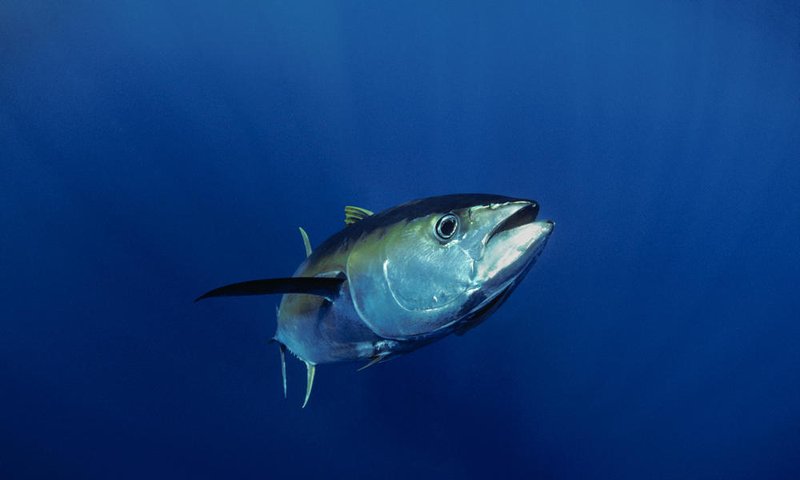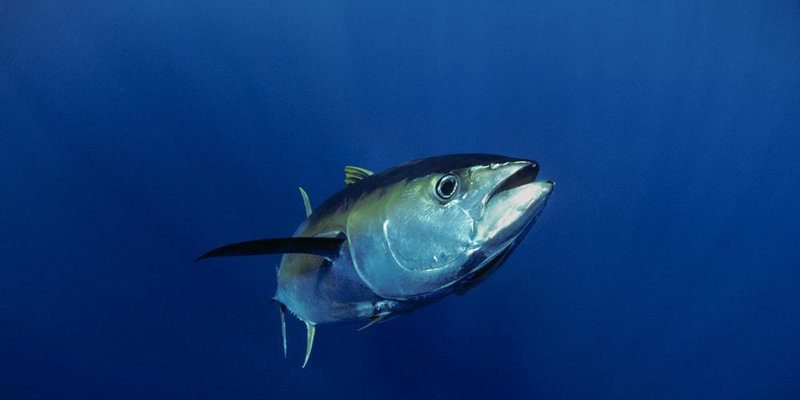
These majestic fish are threatened by a mix of human activity and environmental changes. It’s a little like when a storm rolls in, stirring up the calm ocean waters, making life difficult for those living beneath the waves. If you’re wondering what exactly puts yellowfin tuna at risk, let’s dive in and explore the common threats they encounter in the wild.
Overfishing and Unsustainable Fishing Practices
One of the biggest threats to yellowfin tuna is overfishing. Picture a playground where too many kids are trying to go down the slide at once. Eventually, it gets crowded, and some kids are left waiting or shut out entirely. That’s what happens with yellowfin tuna when too many are caught too quickly. They can’t reproduce fast enough to keep up with the demand.
In many regions, fishing boats use methods like drift nets and longlines, which can catch not just tuna, but also other marine species. These practices can lead to significant loss of bycatch, which includes fish and sea creatures that are caught unintentionally. Over time, this can destabilize the whole ecosystem, disrupting food chains and impacting other species that rely on tuna.
Here’s the thing: It’s crucial for fishing regulations to be enforced and for sustainable practices to be adopted. This means catching fish in a way that allows their populations to recover. Fishery management should strive for balance, ensuring that the yellowfin tuna can thrive without putting the ecosystem at risk.
Habitat Loss and Environmental Changes
Just like people need their homes, yellowfin tuna rely on healthy habitats in the ocean. Unfortunately, their environments are under threat from climate change and pollution. For instance, rising ocean temperatures can alter their migratory patterns, making it harder for them to find food and suitable breeding grounds.
Moreover, pollution can have a devastating effect on their habitats. Toxic waste, plastics, and chemicals can affect not only fish but also the entire marine food web. Imagine trying to live in a neighborhood filled with garbage and pollutants—it would be tough!
To combat these habitat threats, we need to protect marine environments and reduce our carbon footprint. Conservation efforts, like creating marine protected areas, can help ensure that yellowfin tuna have safe spaces to grow and reproduce.
Climate Change and Ocean Acidification
Climate change doesn’t just bring warmer waters; it also leads to ocean acidification. Think of the ocean as a big sponge soaking up carbon dioxide from the atmosphere. As it absorbs more of this gas, the water becomes more acidic, affecting the delicate balance of marine life.
For yellowfin tuna, higher acid levels can interfere with their ability to hear and navigate. This makes it tougher to find prey or escape predators. Plus, the changing ocean conditions can impact prey availability, which means less food for these fish as they try to survive.
Here’s something to think about: We all play a part in climate change, but we can also be part of the solution. Reducing energy consumption, supporting renewable energy, and advocating for policy changes can help mitigate these impacts and protect our oceans.
Illegal Fishing and Lack of Enforcement
Alongside overfishing, illegal fishing poses a significant threat to yellowfin tuna populations. This can involve fishing without permits or in restricted areas, which leads to a lack of accountability. Imagine a game where some players don’t follow the rules; it becomes unfair for everyone else.
Without proper enforcement, illegal fishing can go unchecked, leading to unsustainable catch levels. It’s not just about the fish; it also harms the livelihoods of legal fishers who follow the rules.
To tackle this issue, we need to enhance monitoring systems, support local authorities in enforcing regulations, and foster international cooperation to ensure that fishing practices remain fair and sustainable.
Predation and Natural Threats
While human activities dominate the threats to yellowfin tuna, natural predators and environmental factors also play a role. Larger fish like sharks and swordfish naturally prey on yellowfin tuna. It’s part of the circle of life—every species has its role in the ecosystem.
However, as we change the oceans, these predator-prey dynamics can shift. If overfishing depletes the stocks of certain species, it can throw everything out of balance. That’s where it gets complicated; it’s not just about the tuna, but about how all marine life interacts.
Understanding these natural dynamics is essential for creating effective management strategies. Marine biologists study these relationships to ensure that populations remain healthy and ecosystems stay balanced.
Solutions and Conservation Efforts
So, what can we do to help protect yellowfin tuna? There are several conservation efforts underway aimed at addressing the numerous threats they face.
First, supporting sustainable seafood initiatives can make a difference. When you choose fish that come from responsibly managed sources, you’re casting your vote for the health of our oceans.
Second, raising awareness about the issues impacting yellowfin tuna is crucial. The more people know, the more they can advocate for change. Whether it’s through social media, community programs, or simply chatting with friends, every bit helps.
Lastly, supporting organizations dedicated to marine conservation can have a significant impact. They work on the ground to enforce fishing regulations and protect marine environments, ensuring that future generations can enjoy these beautiful fish.
In the end, the story of yellowfin tuna is a reminder of the interconnectedness of life in our oceans. By understanding the threats they face, we can take meaningful steps toward protecting them for future generations. The ocean is a magnificent ecosystem filled with wonders, and it’s up to all of us to ensure it remains vibrant and healthy. Whether it’s making sustainable choices, supporting conservation efforts, or simply spreading the word, every action counts. Let’s be ocean stewards together, ensuring that yellowfin tuna continue to thrive in the wild.

